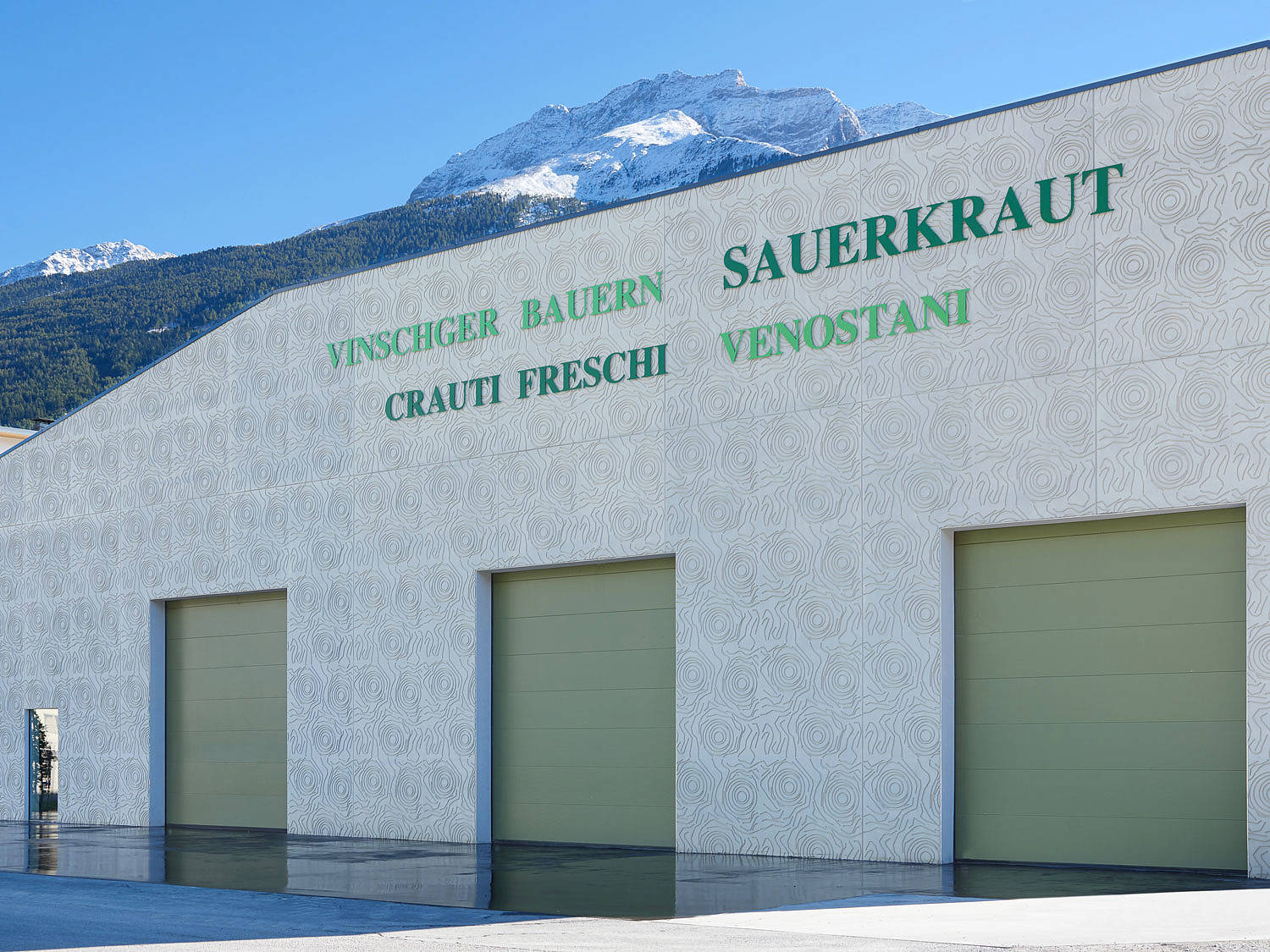Herbert Lechner AG, Vinschgau, Italy
Corporate Architecture that is appetizing: An sauerkraut producer immortalizes his product on the façade of a new commercial hall.
Everything is about cabbage at the Herbert Lechner AG in Laas, Italy: The family business has been producing and distributing sauerkraut for three generations already. The company processes cabbage from the Vinschgau region, which grows in South Tyrol under optimal climatic conditions.
In 2015, the family business decided to build a larger and more modern commercial hall. The planning was carried out by the Marx/Ladurner architecture office. The building, completed in the fall of 2016, accommodates the farm shop, parts of the administration and a company flat. The result is an individual and energy-efficient building that creatively combines exposed concrete, wood and glass elements.
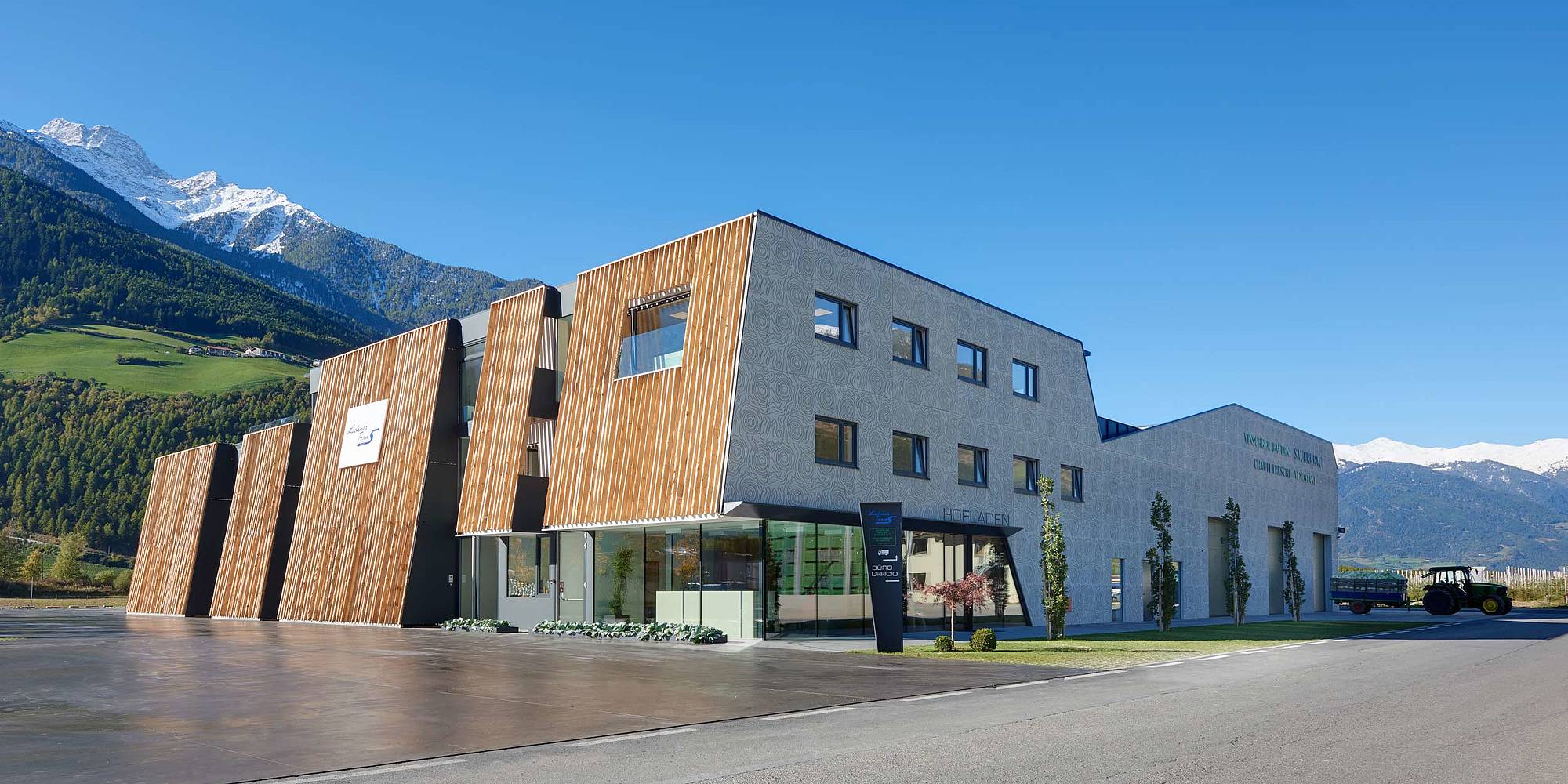
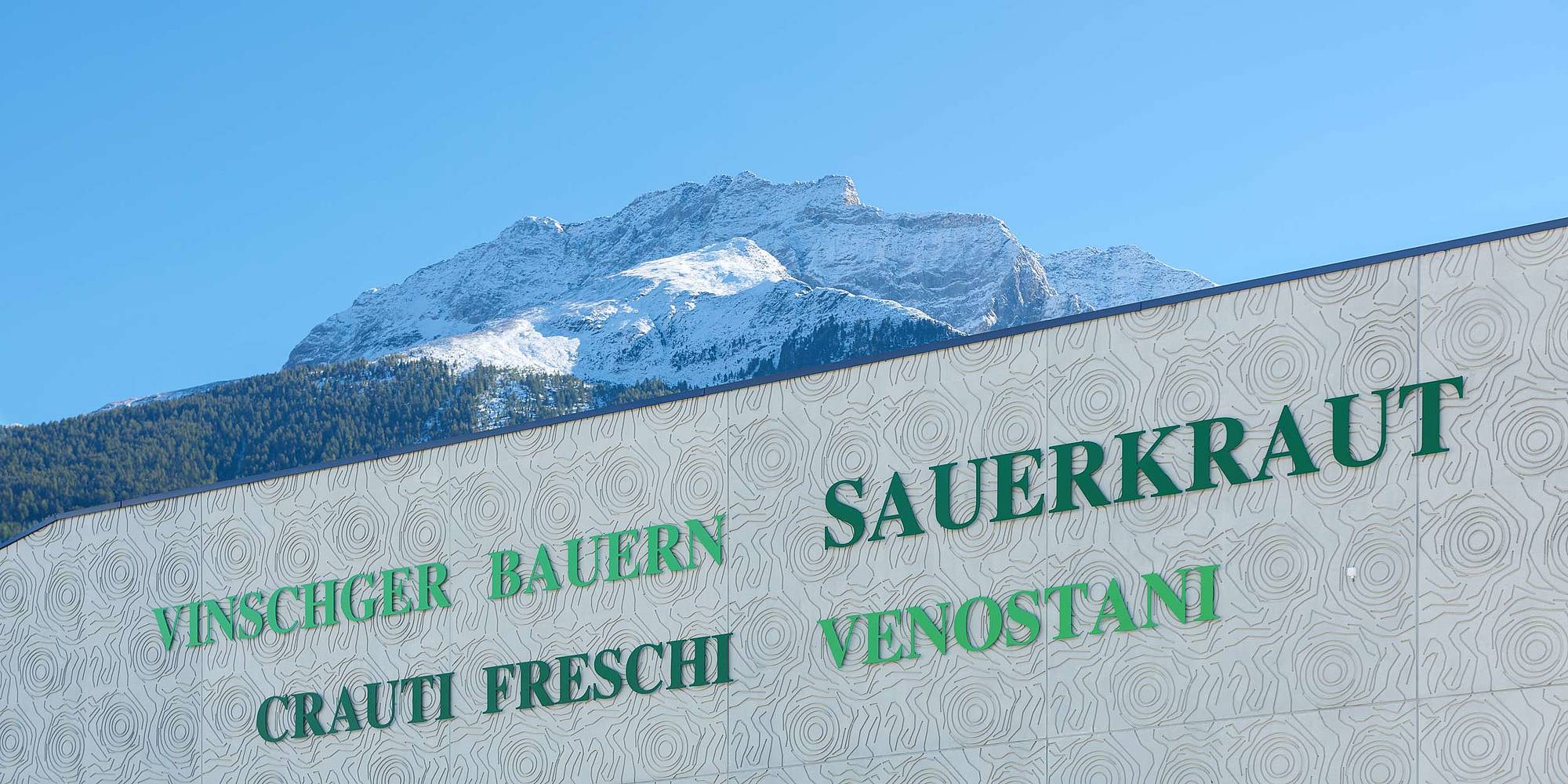
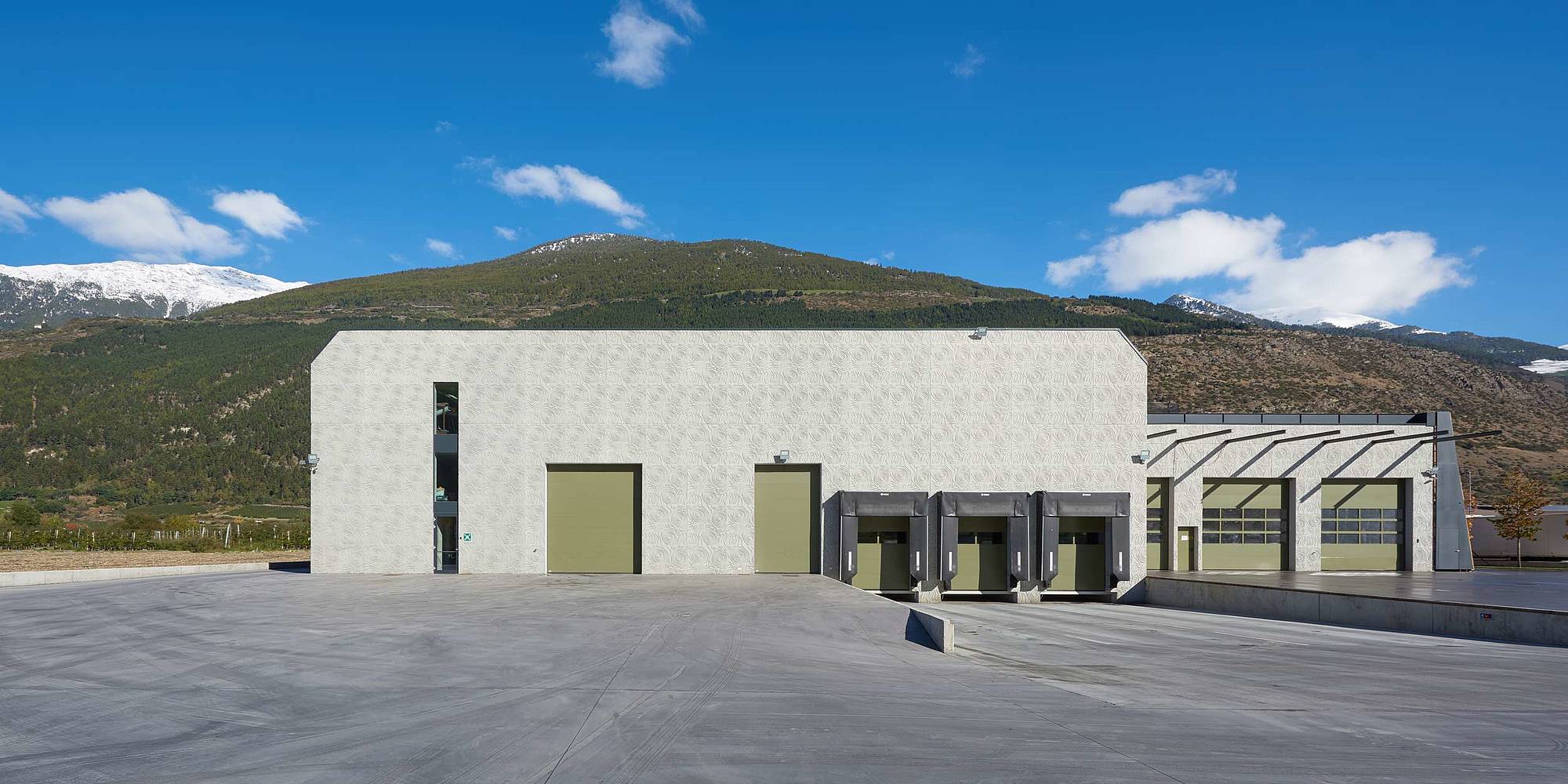
Generously sized windows offer a view of the farm shop on the ground floor from the outside. It is framed by a flushed and recessed wooden façade on the western side and an exposed concrete façade on the south.
The builders challenged the planners to furnish the hall with a visual reference to the product. Architect Elke Ladurner decided to use molds to prominently immortalize sauerkraut on the façade. The cross section of a cabbage head was chosen as the motif. In cooperation with the 3D rendering office Pixel Stube, the CAD file with the façade motif was created on the computer, which served as a model for the mold. In RECKLI's in-house joinery in Herne, the pattern was milled into panel material using a CNC milling machine, which served as a positive model for the mold. The molds were cast onto this model and sent to the precast concrete plant Progress. The prefabricated parts were produced there. The 3.3- x 7.86-meter concrete parts were then assembled on site.
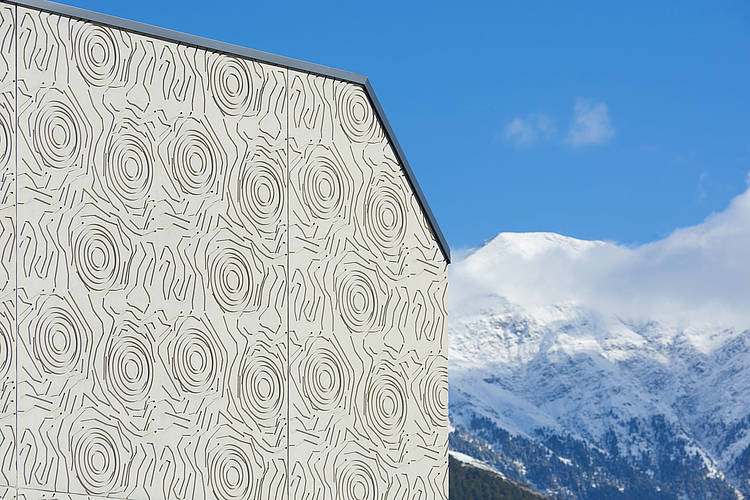
In addition to their unique appearance, the elements also have a special interior: the concrete parts are thermal walls in which the core insulation was mounted to the inside of the outer walls in the factory. The insulation and walls were connected using glass-fiber reinforced plastic rods, which have low thermal conductivity and are hence perfectly suited for energy-efficient construction.
A total of 197 thermal walls were installed. For one, a very homogeneous concrete mixture was used to precisely reproduce the cabbage head in concrete, which was supplemented by additional superplasticizer. In addition, the highly elastic and easily removable RECKLI molds made it possible to transfer the motif onto concrete accurately and true to detail. The pattern of the cabbage heads scatters the light across the façade, giving it additional vitality.
